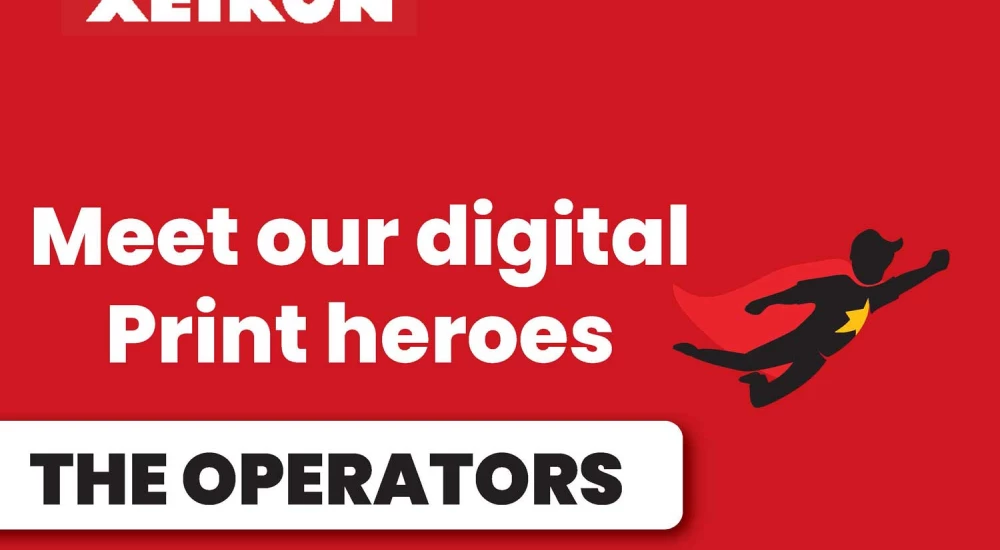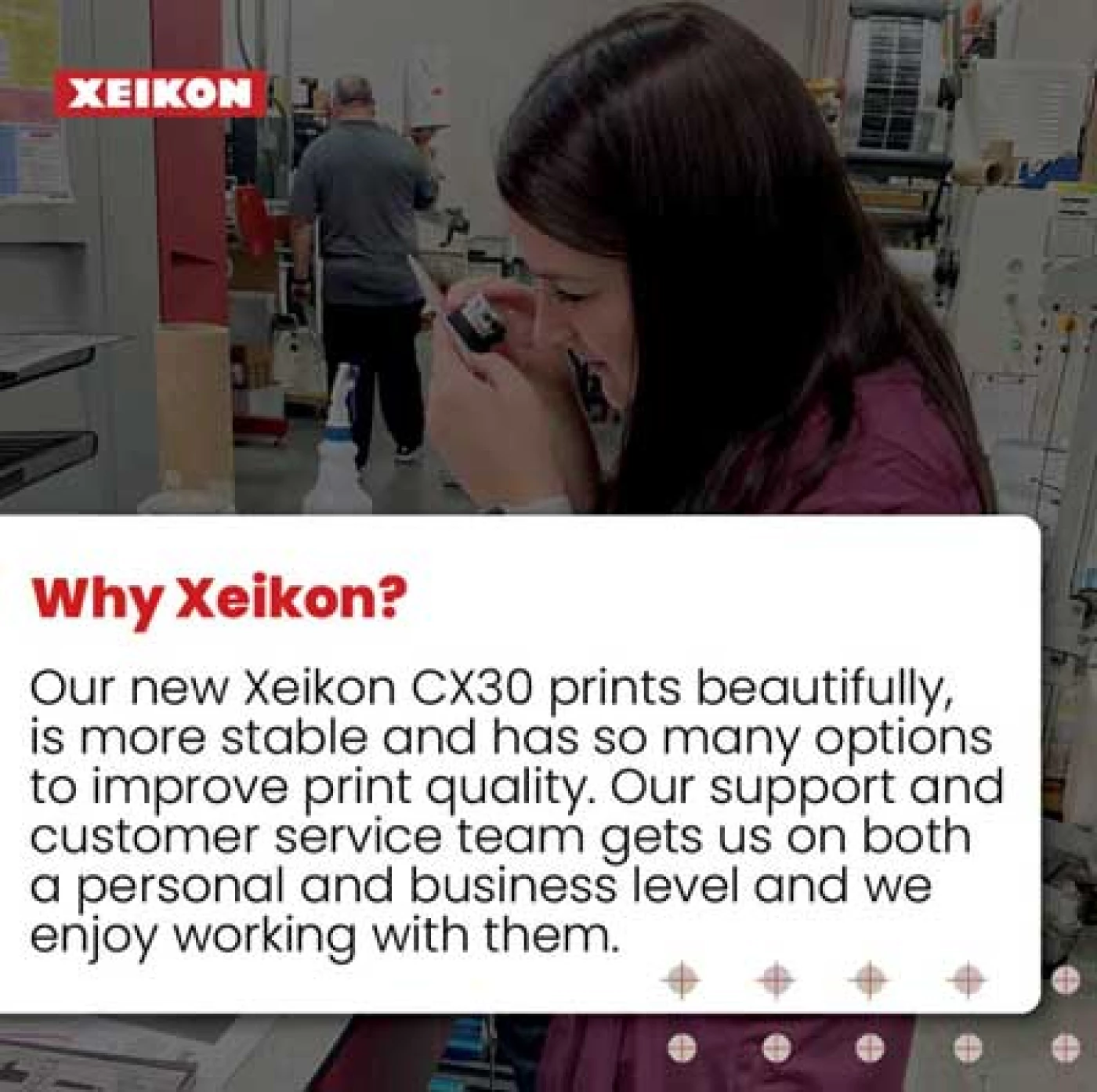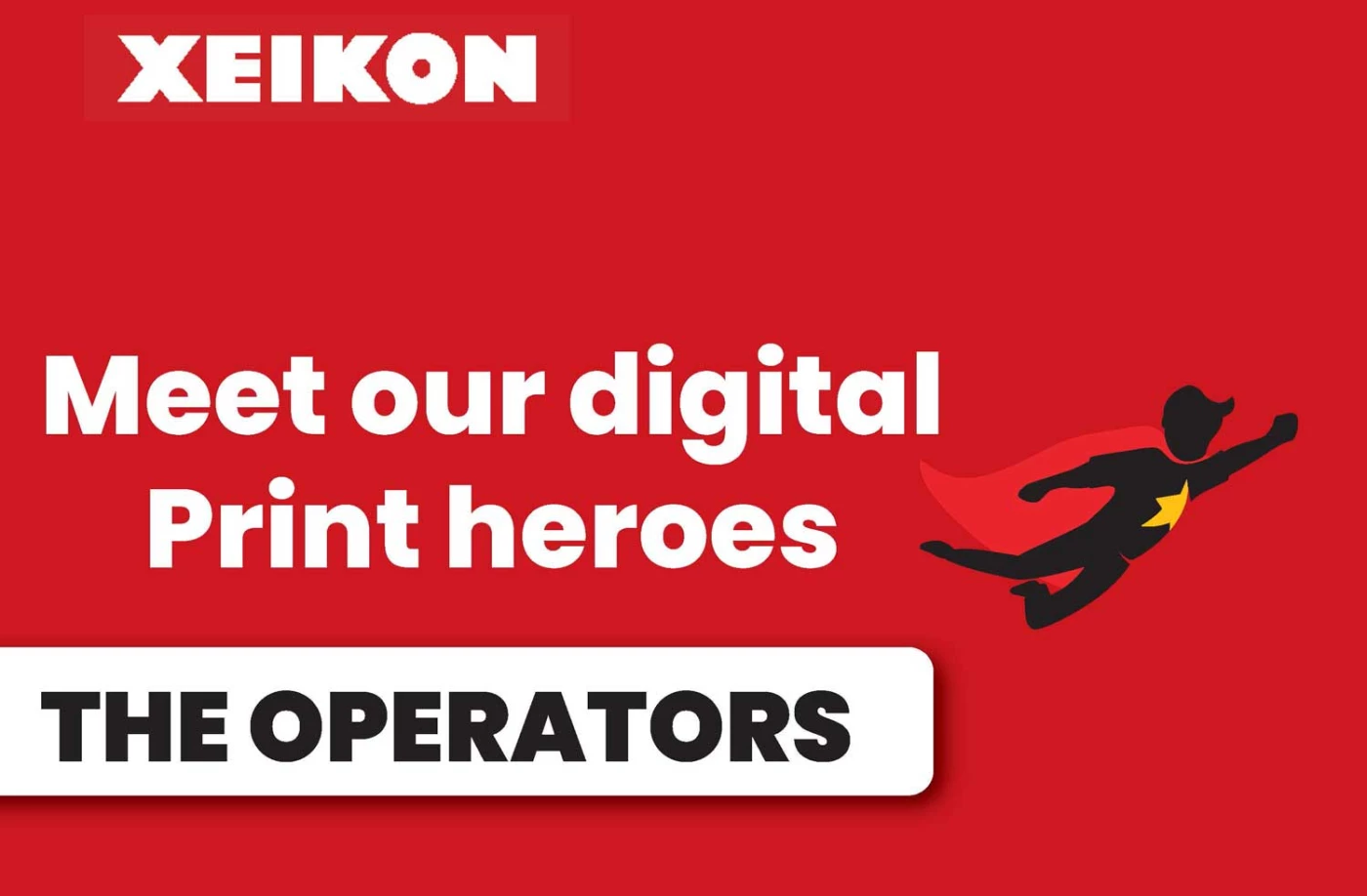06/04/2023
by Paul Salmon
Every member of a digital printing operation is important, but few need to be quite as skilled, experienced, and agile as the printing press operator. The contributions of such a role set the quality standards for a company’s print output, so there’s a lot of responsibility and pressure sitting atop those shoulders. From operating the press when print runs are being processed to providing comprehensive diagnostic evaluations in the event of an error, it’s a role that’s remained vital to an effective print output. We speak to digital printing press operators daily, and we see a lot of things moving and shaking. So, before we figure out what’s next, let’s have a look at what was, what is, and what lies ahead.
From flexo to digital print and the changing role of the operator
As long as there’s been a piece of complex print technology, there have been skilled operators there to understand every element of its design and ensure it keeps performing as intended. Much like printing presses themselves, the role of the operator has evolved over time to keep pace with new advancements and industry standards.
Prior to the advent of automation, the printing press was a far more manual process with everything from printing to cutting and binding performed by hand. Even the rise of flexography (or ‘flexo’) in the late 19th century - a process whereby rubber cylinders are used to stamp designs directly onto the paper or chosen media - required years of practice to perfect.
Automation and the popularity growth of the digital printing technology has seen much of that manual process replaced with automated procedures that deliver quality output. Much of the tools and instruments that would have once occupied an operator’s toolbelt have now been replaced with an in-depth knowledge of its software as well as its physical parts. The ability to both appreciate the transitions between print platforms and familiarize themselves with key software optimizations also adds to the repertoire of the print engine operator.
Why are print press operators so important?
Automation is a phrase we often associate with the idea of man being replaced by machines. However, the real genesis of the digital printing press is less on one making the other obsolete, but on the partnership between an automated press and its operator.


